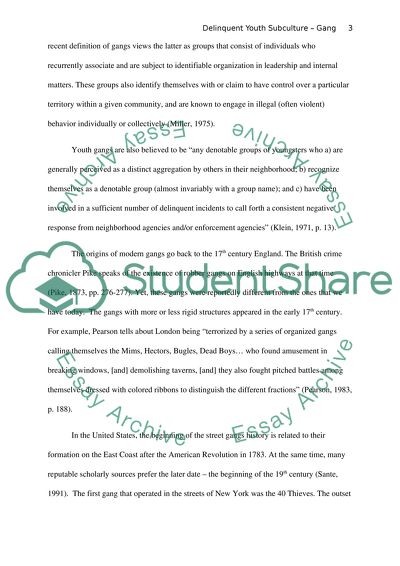Cite this document
(“Delinquent Youth Subculture - Gang Research Paper”, n.d.)
Retrieved from https://studentshare.org/culture/1432339-delinquent-youth-subculture-gang
Retrieved from https://studentshare.org/culture/1432339-delinquent-youth-subculture-gang
(Delinquent Youth Subculture - Gang Research Paper)
https://studentshare.org/culture/1432339-delinquent-youth-subculture-gang.
https://studentshare.org/culture/1432339-delinquent-youth-subculture-gang.
“Delinquent Youth Subculture - Gang Research Paper”, n.d. https://studentshare.org/culture/1432339-delinquent-youth-subculture-gang.


